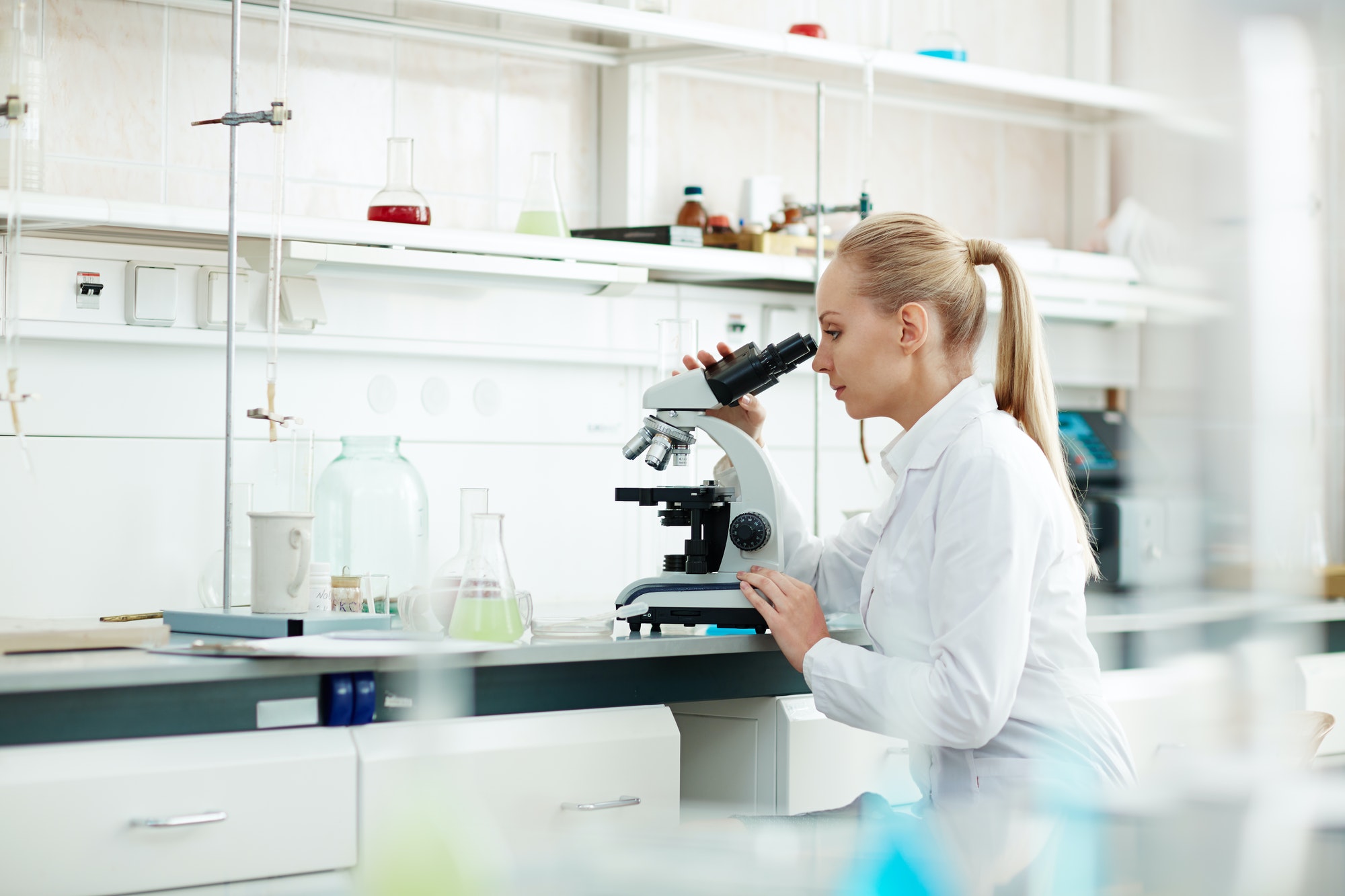Get ready to learn about an exciting field called biocomputing! This is where scientists are using tissue that works like the brain to make huge changes in tech, like improving speech recognition, AI, and even how we study diseases. Let’s dive into how brain-like tissue and computers are coming together to create the future of technology.

Biocomputing: A Big Step in Brain Tech
Biocomputing is super cool because it’s making big strides in tech. Scientists have been working on new kinds of systems that can understand speech and solve tough problems, just like our brains do. They’re making devices called “neuromorphic computing devices” which, unlike regular computers, use actual human brain cells. This could mean computers that learn faster and are way more efficient.
Brainoware: Where Biology Meets Tech
One of the coolest things in biocomputing right now is something called the “Brainoware” system. Some smart people from big universities made it, and it’s a mix of biology and electronics. It uses a tiny brain part, grown from human cells, to process data. This includes recognizing vowel sounds in Japanese and understanding complex math patterns.
How Brain Parts Help in Computing
Using these tiny brain parts, known as organoids, is a big deal not just for technology, but for medical science too. These organoids act like mini-brains, helping us to figure out how to make AI smarter and overcome the limits of current tech.
Thinking About the Ethics in Biocomputing
As we make more brain-like tech, we have to think about the ethical side of things. It’s super important, especially when we’re using human brain tissue in our computers. We need to be really careful and think about the right and wrong in this new field.
So that’s a quick look at biocomputing – it’s all about using brain-like tissue to make some really cool advances in technology and medicine. But it’s important to keep in mind the ethical stuff too as we explore this awesome new field!

Frequently Asked Questions (FAQ) about Biocomputing
Q: What exactly is biocomputing?
A: Biocomputing is a field where biology and computing come together. It involves using brain-like tissues or cells to create systems that work like the human brain. This can help in making advancements in areas like AI, speech recognition, and medical research.
Q: How does biocomputing differ from traditional computing?
A: Traditional computing uses silicon-based chips and binary code (0s and 1s) to process information. Biocomputing, on the other hand, uses biological materials, like brain cells, to create systems that can process information more like a human brain. This could lead to computers that learn and adapt more efficiently.
Q: What is a neuromorphic computing device?
A: A neuromorphic computing device is a type of computer that mimics the structure and function of the human brain. It uses networks of neurons and synapses, often created using brain cells or brain-like tissues, to process information in a way that’s similar to how our brains work.
Q: Can biocomputing be used in AI?
A: Yes, biocomputing has huge potential in AI. By using brain-like structures, these systems can potentially learn and adapt in a more natural and efficient way than traditional AI, leading to more advanced and intuitive AI systems.
Q: What are brain organoids and how are they used in biocomputing?
A: Brain organoids are tiny, 3D structures made from human stem cells that resemble parts of the brain. In biocomputing, they’re used to create models of human brain activity, helping in the development of brain-like computing systems and in medical research to study brain diseases and disorders.
Q: Are there ethical concerns in biocomputing?
A: Yes, there are significant ethical concerns, especially as this field involves using human neural tissue. Questions about consciousness, sentience, and the moral treatment of these tissues are at the forefront. It’s important to approach this field with careful ethical considerations.
Q: What can we expect from the future of biocomputing?
A: The future of biocomputing is promising and could lead to revolutionary changes in technology and medicine. We can expect more advanced AI systems, better understanding and treatment of brain disorders, and possibly even new ways of interacting with computers. However, it’s important to balance this excitement with careful ethical and safety considerations.
This FAQ aims to shed light on the fascinating and evolving field of biocomputing, providing a glimpse into its potential and the important questions it raises.
Sources Financial Times


